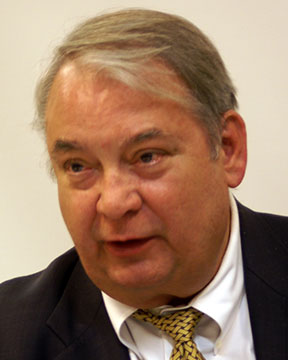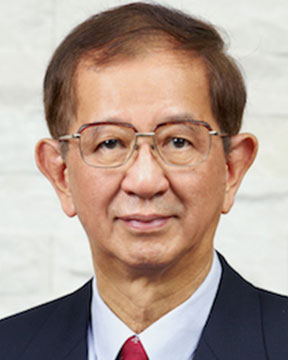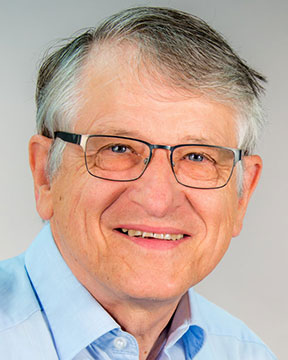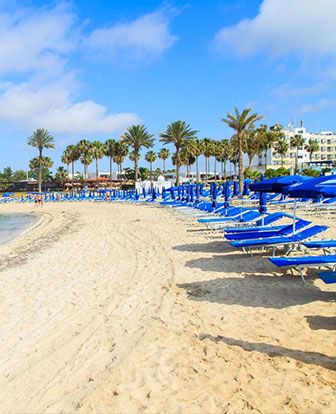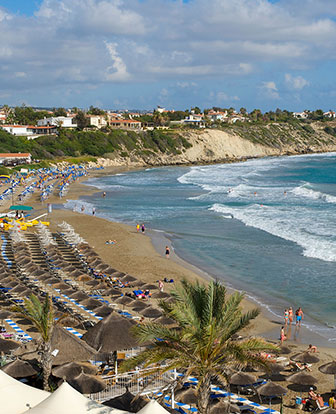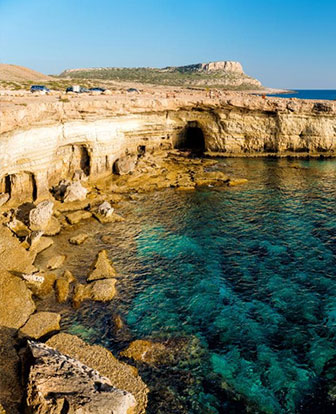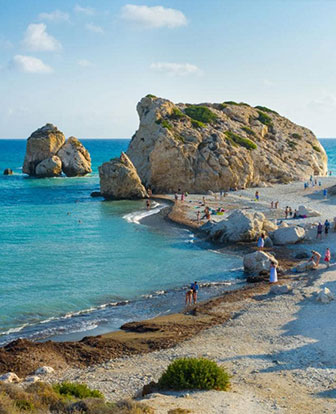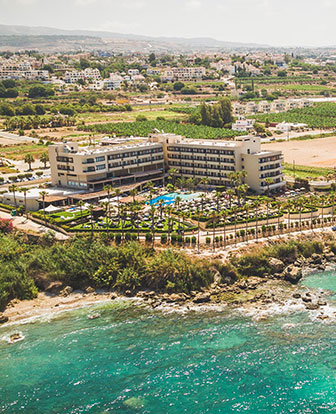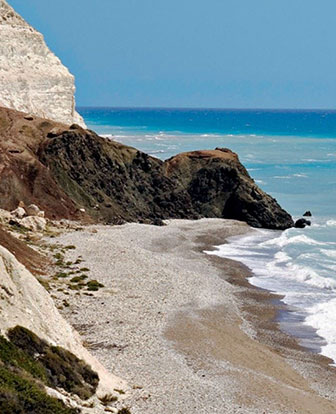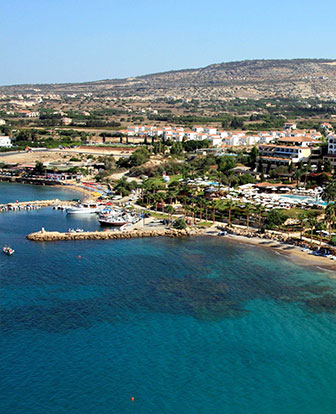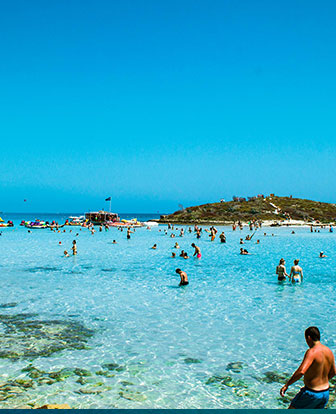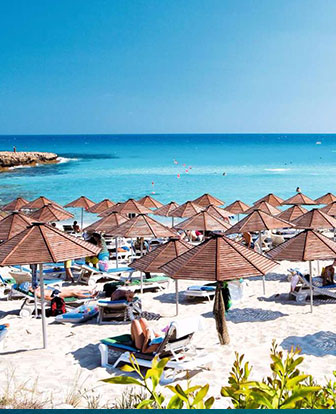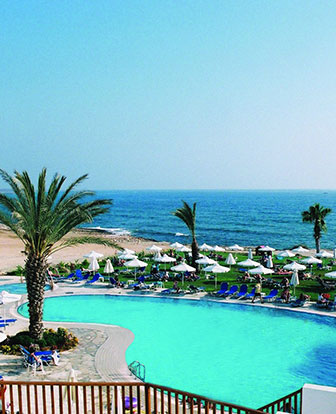ORALS
SESSION:
ManufacturingThuPM1-R2
| 2nd Intl. Symp.on Advanced Manufacturing for Sustainable Development |
| Thu Oct, 24 2019 / Room: Leda (99/Mezz. F) | |
| Session Chairs: Jerzy Pisarek; Session Monitor: TBA |
14:00: [ManufacturingThuPM105] Keynote
Modeling, Structure and Properties of Aluminum Dodecaboride and Boron Carbide-Based Ceramics Tetiana
Prikhna1 ; Pavlo
Barvitskiy
1 ; Richard
Haber
2 ; Volodymyr
Kushch
3 ; Leonid
Devin
3 ; Sergey
Dub
1 ; Myroslav
Karpets
1 ; Semyon
Ponomarov
4 ;
Florian
Kongoli5 ;
Fernand
Marquis6 ;
1Institute for Superhard Materials, Kiev, Ukraine;
2Department of Materials Science and Engineering, Rutgers, The State University of New Jersey, New Brunswick, United States;
3Institute for Superhard Materials of the National Academy of Sciences of Ukraine, Kiev, Ukraine;
4Institute of Semiconductor Physics, Kiev, Ukraine;
5FLOGEN Technologies Inc., Mont-Royal, Canada;
6San Diego State University, San Diego, United States;
Paper Id: 119
[Abstract] The results of the study of structures and mechanical properties of ceramic materials will be discussed. These ceramic materials were obtained by hot pressing from the submicron AlB<sub>12</sub>C<sub>2</sub> and AlB<sub>12</sub> powder [1], with and without the addition of TiC, as well as from B<sub>4</sub>C, without and with SiC additions. Temperature, pressure and composition of the starting powder are optimized to obtain sintered bodies with desired high mechanical characteristics. X-ray diffraction, scanning electron microscopy and Raman microspectroscopy are utilized to investigate phase composition and microstructure of the sintered ceramics. High compression strength (1551 MPa for B<sub>4</sub>C, 1878 MPa for B<sub>4</sub>C-SiC-based material and 795 MPa for AlB<sub>12</sub>C<sub>2</sub>-TiB<sub>2</sub> based material) together with high bending strength, hardness, fracture toughness, and a light weight make the synthesized and sintered ceramics very promising as a shock-wave resistant material. The effect of C, TiC and SiC additions on the properties of the resultant composites and the particularities of the ceramics destruction under shock loading will be discussed. The results of the modeling of ballistic characteristics will be discussed. The performed ballistic tests of 10 mm thick plates from the developed ceramic had a 2.63 g/cm<sup>3</sup> density as well as a composition of 78 wt.% of B<sub>4</sub>C and 22 wt.% of SiC according to X-ray diffraction analysis. According to SEM microprobe X-ray analysis, stoichiometries B<sub>3.64</sub>CSi<sub>0.01</sub> and SiC<sub>1.07</sub>, respectively, showed that the plates can withstand the shot of a B32 bullet with kinetic energy of 3.7 kJ from a 10 m distance.
References:
[1] T.A. Prikhna, R. A. Haber, P.P. Barvitskiy, V.B. Sverdun, S.N. Dub, V.B. Muratov, V. Domnich, M.V. Karpets, V.E. Moshchil, M.G. Loshak, V.V. Kovylaev and O.O. Vasiliev Synthesis, sintering, structure and properties of AlB<sub>12</sub>C<sub>2</sub>-based materials //Proceedings of the 41st international conference on advanced ceramics and composites: ceramic engineering and science proceedings (January 22-27, 2017. - Daytona Beach, Fla.) (eds J. Salem, J. C. LaSalvia, R. Narayan, D. Zhu), John Wiley & Sons, Inc., Hoboken, NJ, USA. - 2018. - Vol. 38, Is. 2. - Р. 195-203. doi: 10.1002/9781119474678.ch19
SESSION:
AdvancedMaterialsFriPM1-R2
| 5th Intl. Symp. on New and Advanced Materials and Technologies for Energy, Environment and Sustainable Development |
| Fri Oct, 25 2019 / Room: Leda (99/Mezz. F) | |
| Session Chairs: Lev Rapoport; Teofilo Rojo; Session Monitor: TBA |
14:00: [AdvancedMaterialsFriPM105] Keynote
Low Cost, Corrosion Resistant and Microwave-Absorbing Coatings Tetiana
Prikhna1 ; Mykola
Monastyrov
2 ;
Fernand
Marquis3 ; Viktor
Moshchil
1 ; Olena
Prysiazhna
4 ; Bernd
Halbedel
5 ; Pavlo
Barvitskiy
1 ;
1Institute for Superhard Materials, Kiev, Ukraine;
2Open International University of Human Development Ukraine, Kiev, Ukraine;
3San Diego State University, San Diego, United States;
4Institute for Superhard Materials of the National Academy of Sciences of Ukraine, Kiev, Ukraine;
5Technische Universitat Ilmenau, Ilmenau, Germany;
Paper Id: 117
[Abstract] New low cost masking coatings have been developed. These coatings are based on corrosion resistant polyurethane and acrylic-urethane priming varnishes and paints of Ukrainian manufacture (InterGasSinthez). In addition, the coatings are also based on nanopowders of polyvalent iron oxides obtained by electroerosion dispersion [1], carbon, omega spheres (based on silica and alumina), and basalt fibers demonstrating high absorption abilities (90-99%) of microwaves in a wide range of frequencies (10-70 GHz, wavelength 0,03-0,0043 m) with their reflection close to zero (-10 Db - - 23 Db or 10% -0.5%). Polymeric bases of the developed coatings are used to protect against corrosion of metal structures in all macroclimatic areas, in sea and fresh water, in saline solutions, and in oil and oil products that are resistant to ultraviolet radiation, aggressive media. They demonstrate high mechanical performance (adhesion, strength, elasticity) and long service life. The coatings can be used for painting of ships, deck structures, containers, building constructions and buildings, auto and railway transports, parts and mechanisms, etc.
References:
[1] B. Halbedel, T. Prikhna/, P. Quiroz, J. Schawohl, T. Kups, M. Monastyrov Iron oxide nanopowder synthesized by electroerosion dispersion (EED), Properties and potential for microwave applications // Current Applied Physics. - 2018. - Vol. 18. - P. 1410-1414




